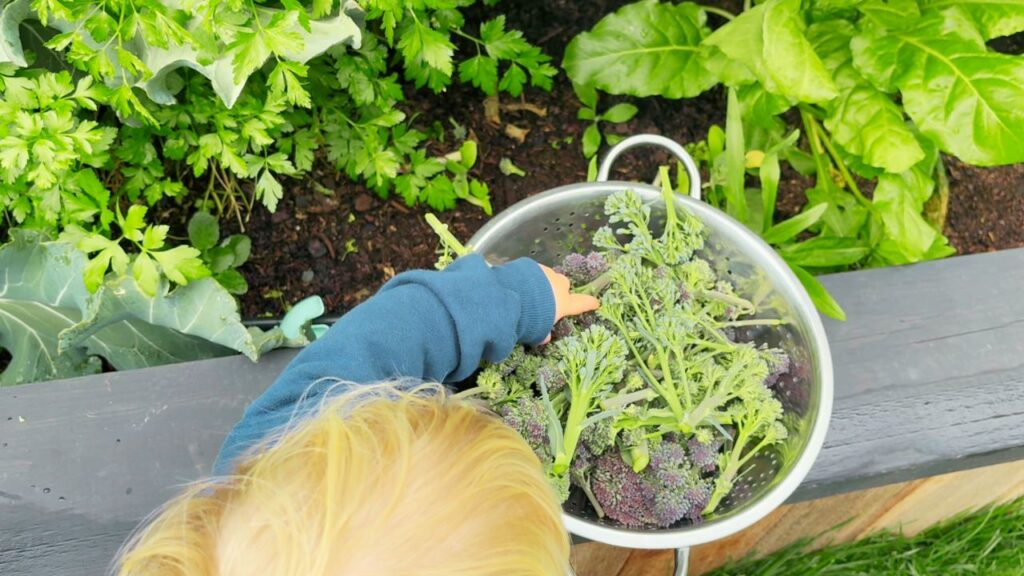
When you’re at home with toddlers, meals often need to do double duty: nourishing you as a mom while also being simple and family-friendly. That’s why I love cruciferous vegetables. They’re packed with hormone-supporting nutrients, they can be prepared in toddler-friendly ways, and many can even be grown together in the garden.
In fact, if you’d like to see how I involve my toddler in gardening, check out my related post: How to Start Gardening with Your Toddler | Waldorf Philosophy for Calm Days. These two posts go hand-in-hand – first, we grow the food together, then we enjoy it around the table.
Today, let’s look at the best cruciferous vegetables for hormone health, why cooking them makes them easier to digest, and how you can bring them into your daily family rhythm.
Why Cruciferous Vegetables Are Key for Hormone Health
Hormones influence everything from energy and mood to fertility, digestion, and even sleep. When hormones, especially estrogen, become unbalanced, we may feel it through fatigue, PMS, irritability, or stubborn weight changes. This is where cruciferous vegetables shine. Their natural sulfur-containing compounds help our bodies metabolize estrogen more effectively. In simple terms: cruciferous vegetables don’t “add” hormones. Instead, they give your body tools to process them, supporting a smoother balance.
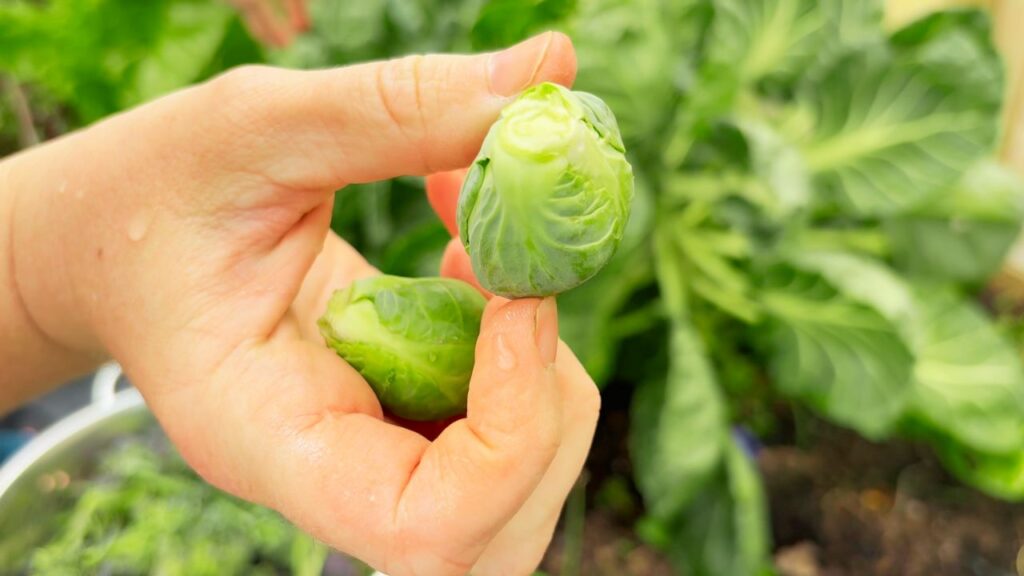
The Best Cruciferous Vegetables for Hormone Health
Here are the ones I reach for most often when cooking for myself and my family:
1. Broccoli
A classic, and one of the most well-studied for hormone support. It’s mild, versatile, and toddler-friendly when roasted or served with dip.
2. Brussels Sprouts
These are nutrient powerhouses, though often overlooked. Roasting brings out their sweetness, making them far less “bitter” than the boiled Brussels sprouts many of us grew up with.
3. Kale
Dark, leafy, and full of minerals. In our home, I usually sneak it into smoothies or sauté it with butter and garlic.
4. Cauliflower
Mild, versatile, and easy on young tummies. Cauliflower rice or roasted florets are both hits in our house.
5. Cabbage
Great raw or cooked, but also wonderful as sauerkraut for gut health (which ties directly into hormone balance too).
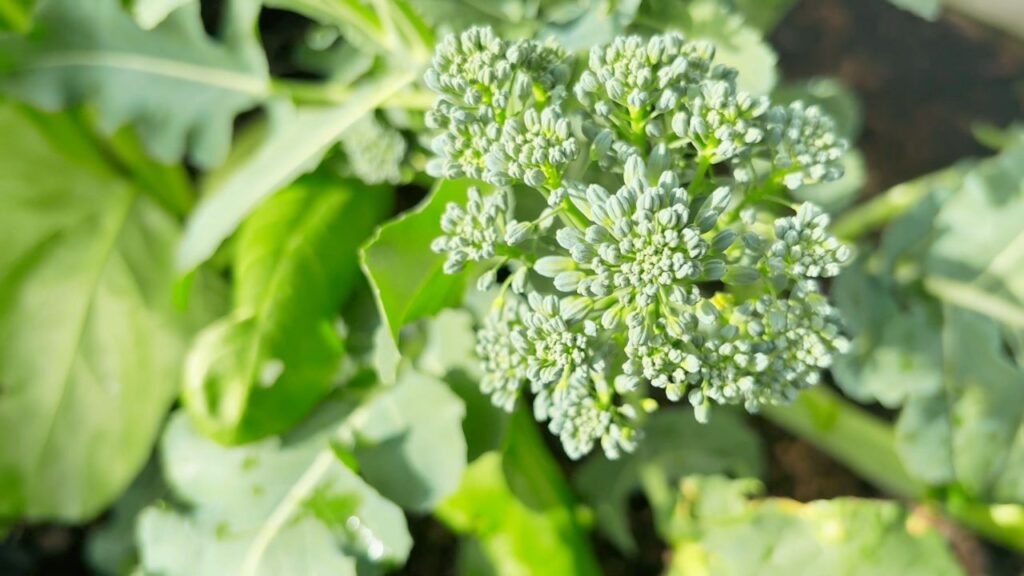
Why Cooking Cruciferous Vegetables Matters for Digestion
While raw cruciferous vegetables are nutrient-dense, they can be tough on digestion, especially for toddlers (and for us, too!).
These vegetables contain different compounds and are high in fiber, which can make them harder to break down when eaten raw. Cooking, whether steaming, roasting, or lightly sautéing, reduces these compounds and softens the fiber, making the vegetables:
- Easier to digest
- Gentler on the gut
- Sweeter in flavor (which helps toddlers actually eat them!)
So if you’ve ever felt bloated after eating raw broccoli salad, try switching to roasted or lightly steamed versions and see if your body feels better.
Easy Roast Broccoli and Brussels Sprouts
Today I made one of our go-to sides: roasted broccoli and Brussels sprouts. It was simple, nourishing, and so good for both gut and hormone health. I started by preheating the oven to 200°C, or about 400°F. While that was heating, I chopped the broccoli into small florets and trimmed and halved the Brussels sprouts.
I tossed everything into a bowl and drizzled with olive oil, just enough to lightly coat the veggies. Then I added a good sprinkle of sea salt, some cracked pepper, and, because we love flavor, a little garlic powder. Next, I spread the veggies out in a single layer on a baking tray so they roasted evenly and got those nice crispy edges.
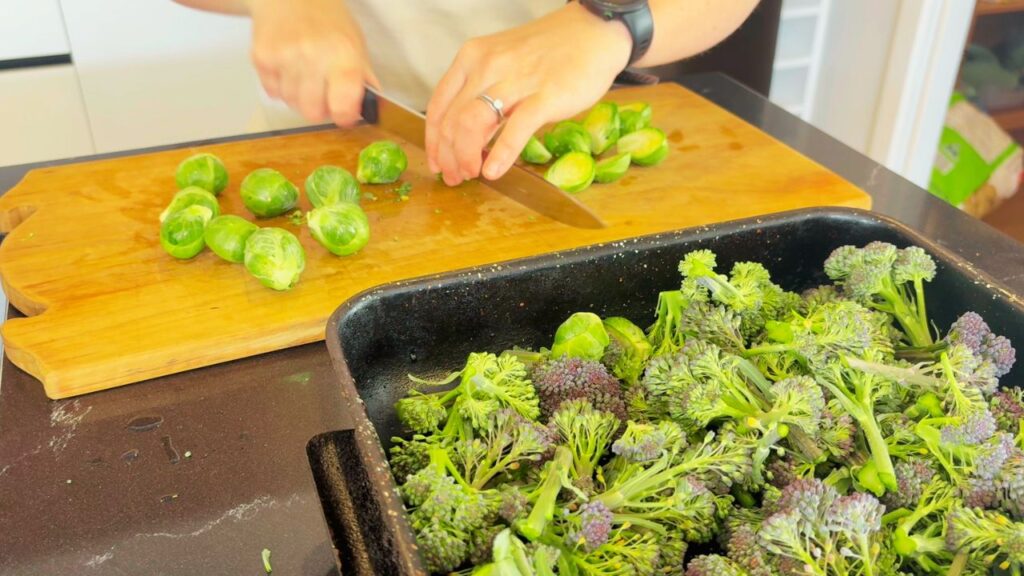
I popped the tray into the oven for about 20–25 minutes and gave them a quick stir halfway through so they cooked on all sides. When they came out, the broccoli was tender with slightly crisp tips, and the Brussels sprouts were golden and caramelized.
To finish, I added a squeeze of lemon juice for brightness, and sometimes I sprinkled Parmesan on top to make them extra kid-friendly. And that was it – roasted broccoli and Brussels sprouts. Quick, simple, and a nourishing side that worked with just about any family meal.
This is one of my go-to sides for busy family dinners. It’s simple enough for a weeknight but delicious enough to serve when friends visit.
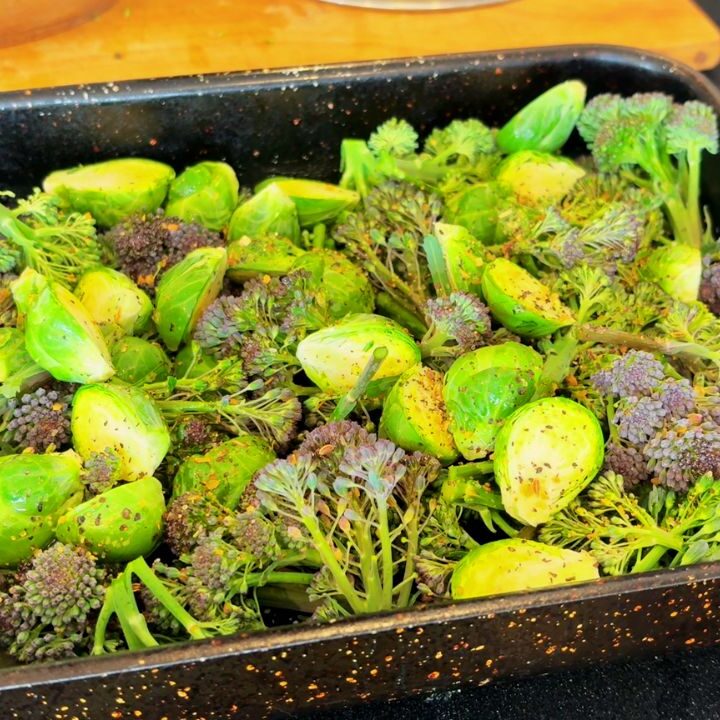
Easy Roasted Broccoli and Brussel Sprouts
This is one of my go-to sides for busy family dinners. It’s simple enough for a weeknight but delicious enough to serve when friends visit.
Ingredients
- 2 cups broccoli florets
- 2 cups Brussels sprouts, halved
- 2–3 tbsp olive oil (or avocado oil)
- 1 tsp sea salt
- ½ tsp garlic powder (optional)
- Freshly cracked black pepper
Instructions
- Preheat your oven to 200°C (about 400°F).
- Wash and prepare the vegetables—halve the Brussels sprouts and cut broccoli into bite-sized florets.
- Spread them on a baking tray, drizzle with oil, and sprinkle with salt, pepper, and garlic powder if using.
- Roast for 20–25 minutes, tossing halfway through, until the edges are golden and slightly crisp.
- Serve warm.
Notes
Tip: For toddlers, I often save a few pieces out halfway through roasting so they’re softer, while letting the rest crisp up for us adults.
How Cruciferous Vegetables Fit Into Calm Days at Home
As a mom, I’ve found that connecting gardening, cooking, and eating together brings a natural rhythm to our days.
- In the garden: My toddler helps plant and harvest broccoli and brussels sprouts.
- In the kitchen: We prepare them side by side, with my little one “helping” sprinkle salt.
- At the table: We share the food we prepared together, making meals feel calm, connected, and nourishing.
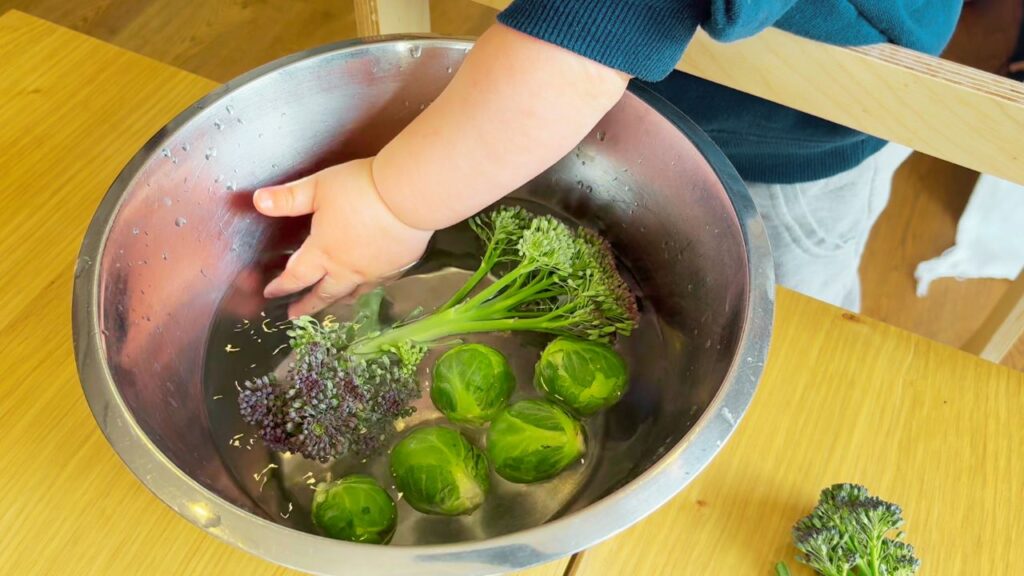
This rhythm makes the best cruciferous vegetables for hormone health more than just food – they become part of our family’s flow, teaching my toddler about nature, patience, and nourishment.
Simple Shifts for Everyday Hormone Health
The best cruciferous vegetables for hormone health like broccoli, brussels sprouts, kale, cauliflower, and cabbage, are powerful allies for balancing hormones naturally. By cooking them gently, you make them easier to digest and more enjoyable for the whole family.
Whether you grow them in your backyard or buy them at the market, adding these vegetables into your rhythm helps support your hormones while also creating calm, connected family days.
And remember – you don’t need complicated recipes. Sometimes all it takes is a tray of roasted broccoli and Brussels sprouts, shared around the table with your toddler, to bring nourishment and balance.
Ready to Take the Next Step?
Download my free Tips for Crafting Your Own Weekly Flow to bring more ease and rhythm into your days at home with little ones.
Watch my YouTube episode where I harvest broccoli and Brussels sprouts with my toddler and show you exactly how to roast them for hormone-friendly meals.
Subscribe to my newsletter so you never miss new recipes, family flow tips, and seasonal wellness inspiration.

Leave a Reply